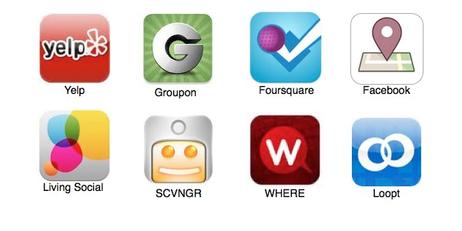Admissions to Private School: A-Z puts all the information you need to navigate the private school admissions process in one convenient place. Whether you are just beginning or have been through this before, you will find the help and advice to guide you through the various steps involved in submitting an application for admission to private school.
The Admissions Process
Our Application Calendar will keep you organized throughout the stressful process of applying to private school. There's a lot to keep track of. So plan your work carefully and try to stick to the schedule. Ideally, you have started the process at least 18 months before the expected date of starting school. For example, for fall 2017 admissions, you need to begin in the spring of 2016. If you are an international student, you need to allow an additional six months because there are some important additional steps which you need to follow. Here is an introduction to the Lower School at Rye Country Day School.
Applying to any private school is just that, an application. Why is that? Private schools do not have to accept your child. That is one of the essential differences between public and private schools. Remember that that places in schools in major metropolitan areas tend to be very limited. Enhance your prospects by avoiding common admissions mistakes. What if they waitlist your child? Is that the end of the world? Not exactly. What happens when you


































